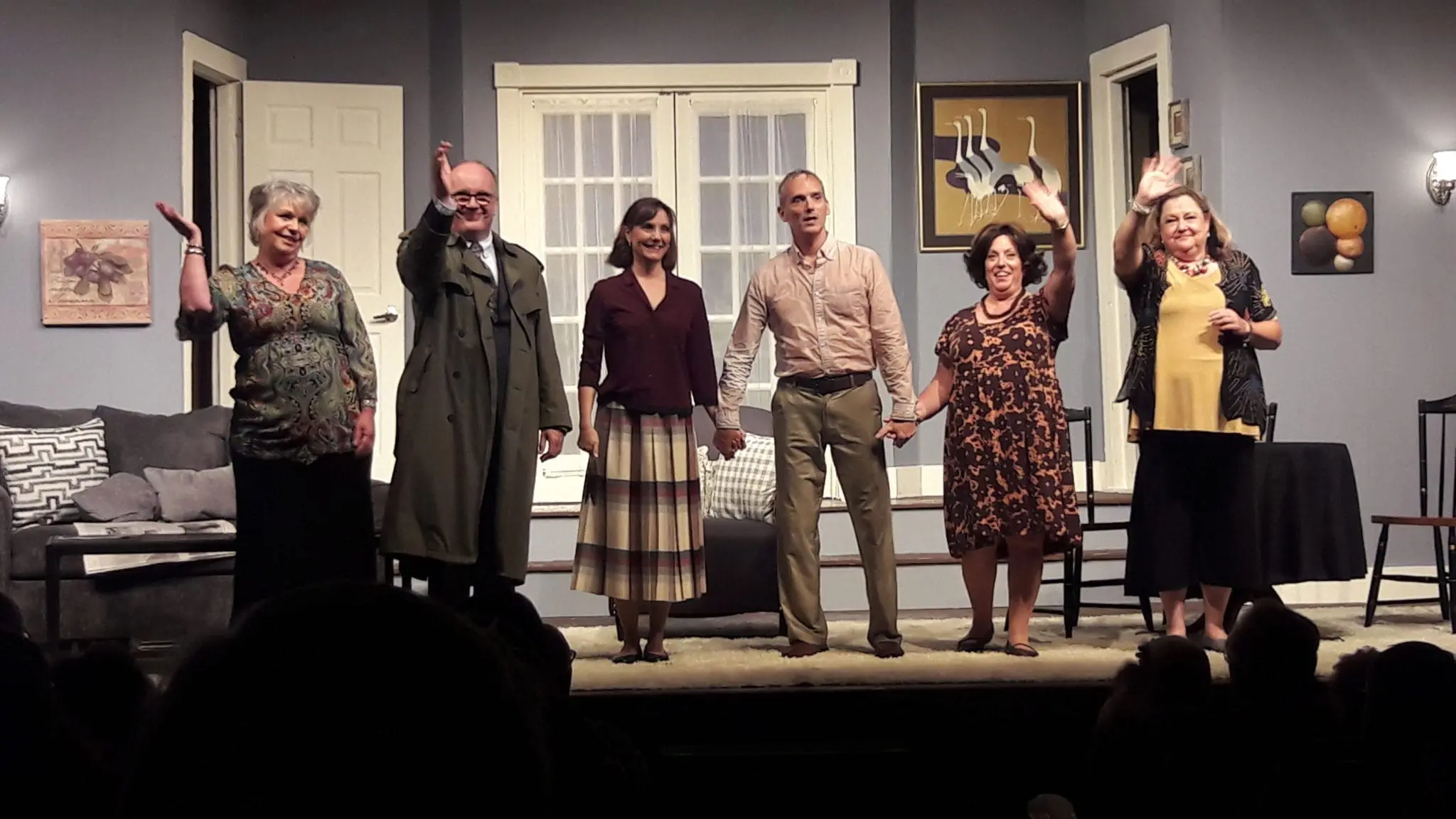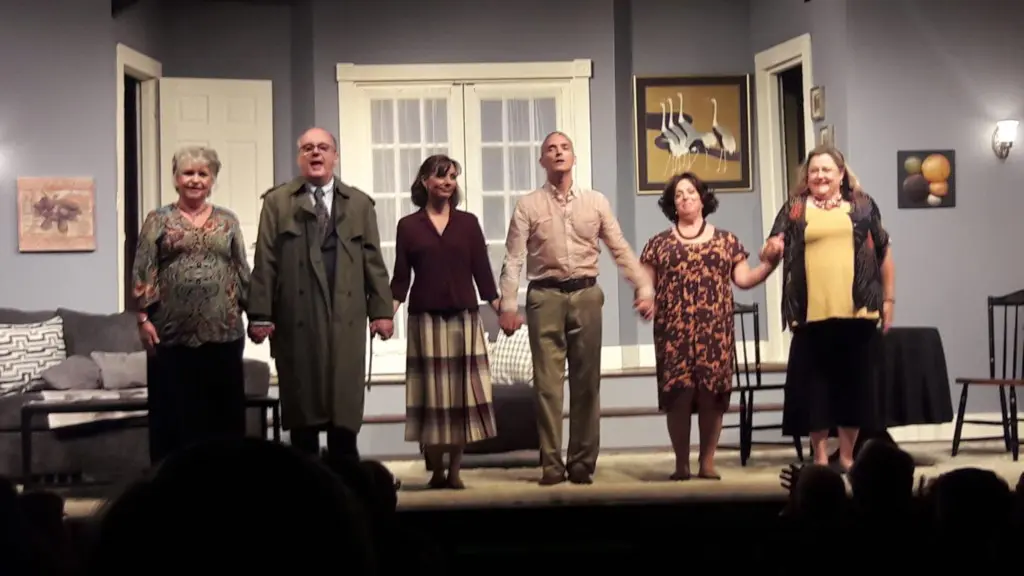Neil Simon’s The Prisoner of Second Avenue, which first premiered on Broadway in 1971, has aged well for a play about the dangers of modern technologies and the growing feeling of isolation among city dwellers, even for those within a seemingly happily married co-existence. Take the case of Mel and Edna Edison in this tale of a working, company man – who grows increasingly neurotic – and his loyal – but increasingly frustrated and independent wife, who take on the challenges of careers lost and earned, neighbors loud and abrasive, and most prevalent – a robbery in their East Side New York City apartment.
All of these challenges, especially the financial ones, cause Mel’s nervous energy to skyrocket into very human and often hilarious mini-rants, bringing to mind the George Costanza character from Seinfeld and Curb your Enthusiasm’s Larry David (whom Costanza was based on). Of course, Simon has been a master of comedic neurosis and melancholy for decades.
Although billed as a comedy, there is a running sense of struggle and desperation with Mel, his wife, his older brother and three older sisters (introduced deep into Act Two) that bring this story a very timely and serious tone.
In fact, the troubles and turmoil Mel goes through with his work and eventually seeing the success that his own wife is having with her new career eventually sends Mel over the edge into a state of emotional panic, described by some of his siblings as a nervous breakdown, requiring medical attention. It’s debated by his siblings if Mel once experienced a similar issue in high school, to which Mel’s older brother reveals his jealousy that Mel received so much “attention” from their sisters (and presumably their parents) during all of their upbringings. This side story of the childhood dynamic and how it may have affected our lead character was pretty interesting and I would have liked to have seen Simon share more of this earlier in the script for greater emotional impact as things unfold.
The cast was well prepared with a high level of showmanship, stage presence and voice projection, as produced by David Jepson and under the direction of Jude Pescatello, who, on the night I attended at least, delivered a warm and welcoming speech to the audience before the show began.
Mel and Edna Edison were played with zest and appeal by the “real life” married couple of Mark Foster and Diane Foster, who, as their characters, had a warm and tolerant chemistry of each other’s strengths and foils. It was a bit interesting that Simon chose to introduce Mel’s four siblings, played by John Andriso, Judy George, Katherine Kimmel, and Linda Shea, so far into the show. Their late appearance made it a bit hard for me to emotionally connect to any of them; which is more of a commentary of the writing than the performers, who all made the most of their stage time.
The set construction, props, lighting and audio are top notch for this production, with a real feel of a New York City early 1970’s apartment. The costumes were pretty middle of the road, without any unnecessary over-the-top “period” choices that another team might have felt the need to enroll. It was refreshing to see the characters in the piece living , even when in conflict with their surroundings, without the need of cell phones, personal computers or microchips implanted into their brains. Still, as we experience with Mel and his family, the growing prison of modern technology threatens to limit all of our freedoms, which is why attending live theatre is still highly recommended to stimulate and satisfy the senses.
The Prisoner of Second Avenue will continue through August 26 with performances on Thur, Fri, Sat: 8pm and Sunday Matinee: 2pm.







